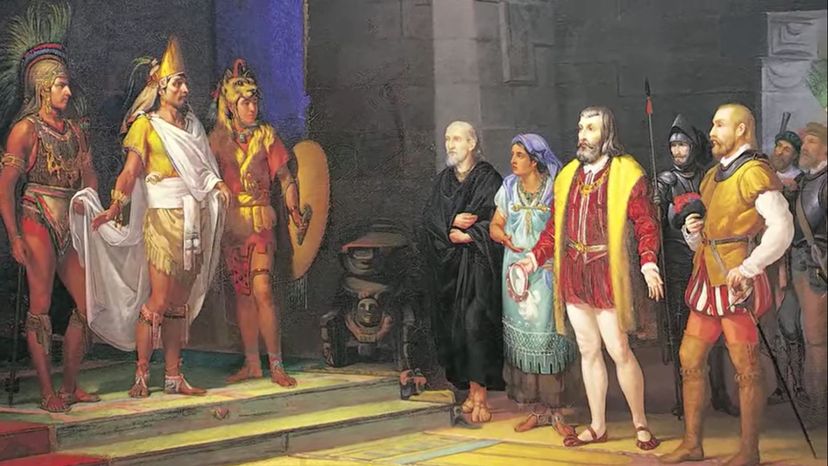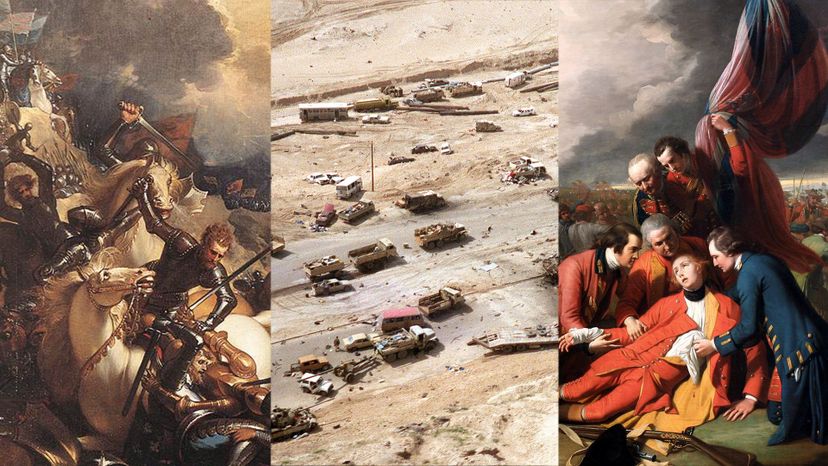
About This Quiz
Action stations! Get ready to dive into the thick of some of the most significant conflicts in world history!
Invasions, conquests, rebellions and revolutions are surprisingly common throughout the history of mankind. It seems no era in our collective past was free of conflict, and in fact, some civilizations appeared to have flourished thanks to their propensity for warfare.Â
There have been many quick and decisive wars which were begun and ended in mere weeks. Others, however, dragged on for decades with a peaceful resolution seeming to be nowhere in sight. Some of the most famous wars were named for how long (or short) they lasted - can you think of any? Most likely it's in our quiz!
While some wars were fought between factions of the same country, there are those wars in which nations have banded together for a common cause and took on a common enemy. Indeed, coalitions of military powers feature prominently in many historic wars and modern warfare has seen its fair share, as well. Remember superpowers coming together for "Operation Desert Shield?" We're sure you can pinpoint which conflict that term comes from.
More memorable than some wars are the individual battles which were fought - most often because of their strategic use of weaponry and manpower. Weapons like Little Boy and Fat Man changed the very nature of warfare, so every history buff definitely knows which war to associate them with. We're pretty certain you do!
So, show you have what it takes to conquer any test on the history of warfare - take the quiz now!
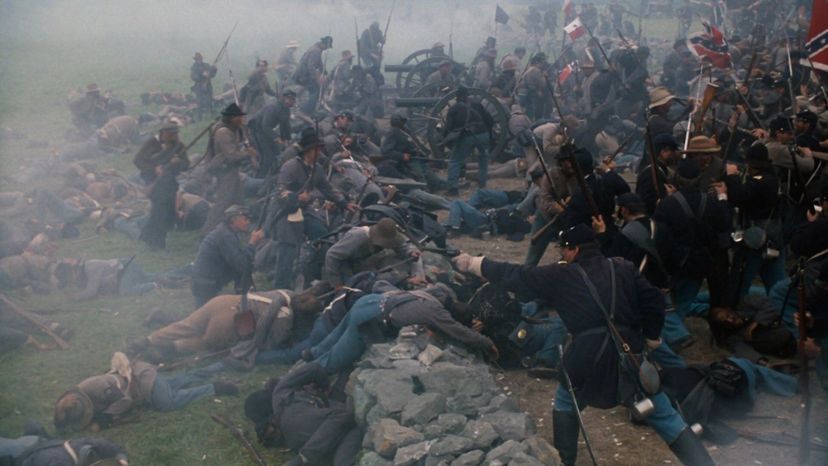
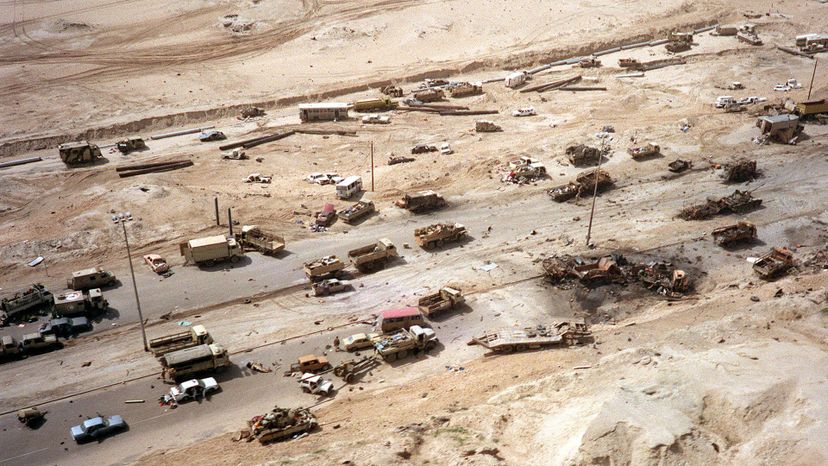
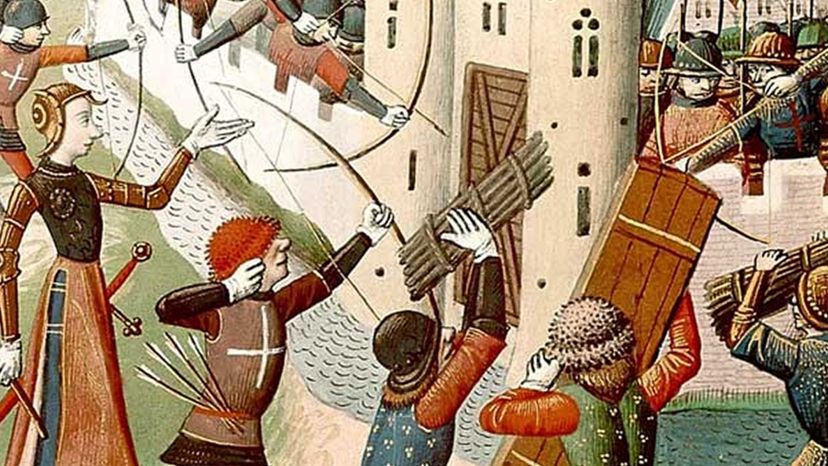
Advertisement
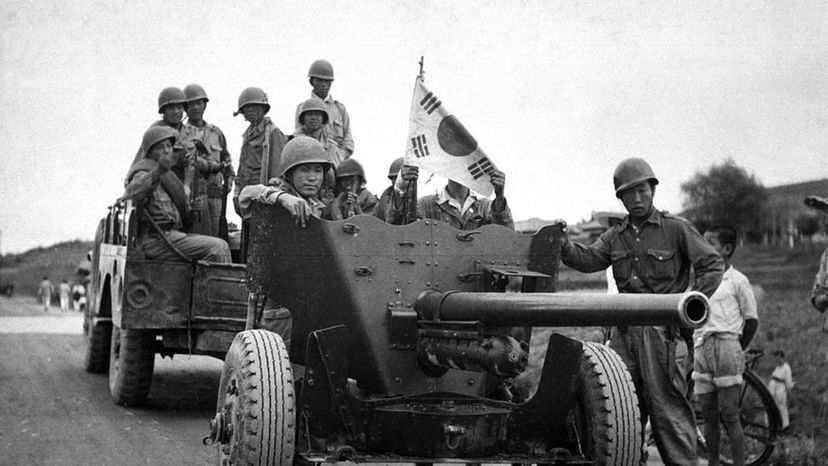

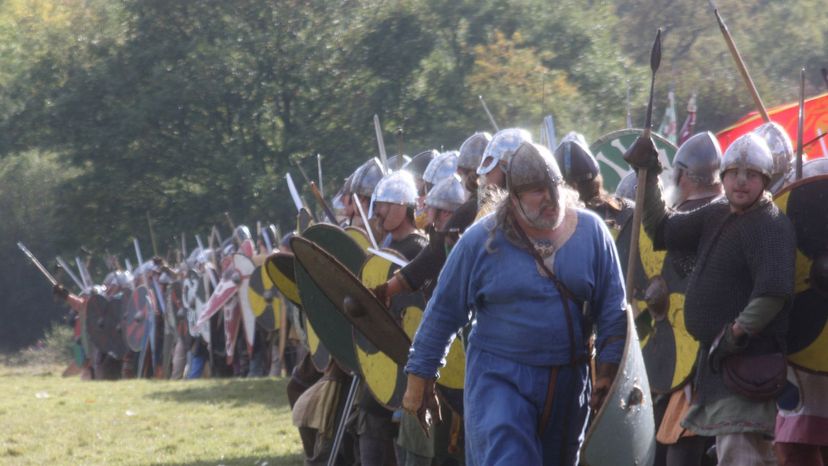
Advertisement
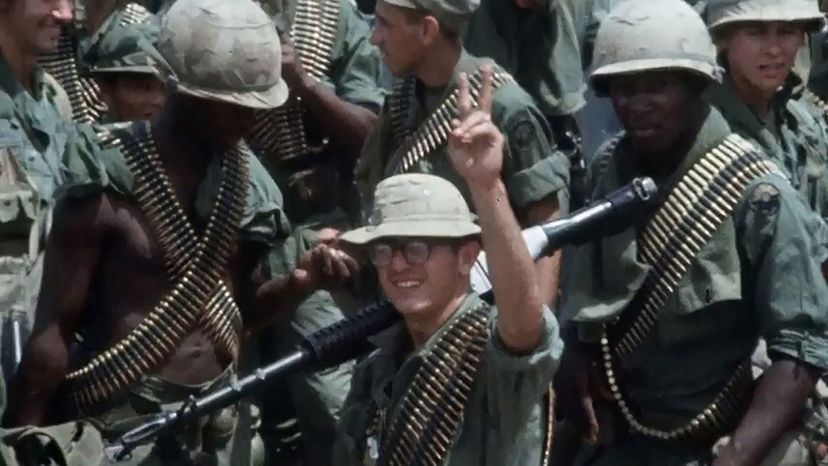

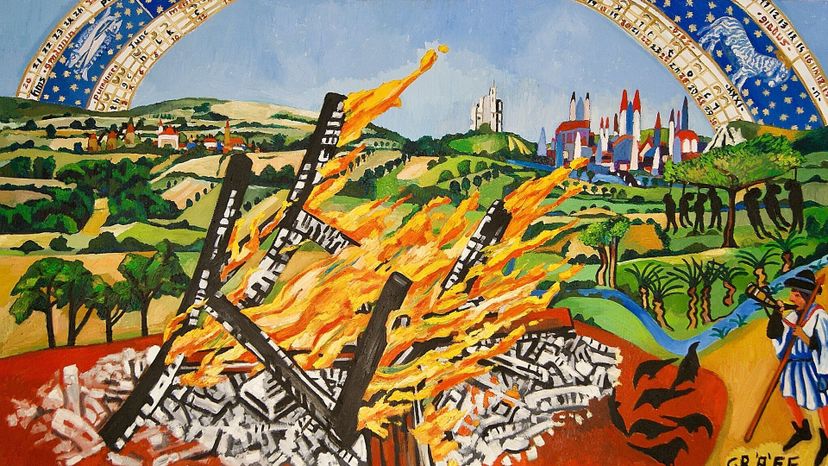
Advertisement
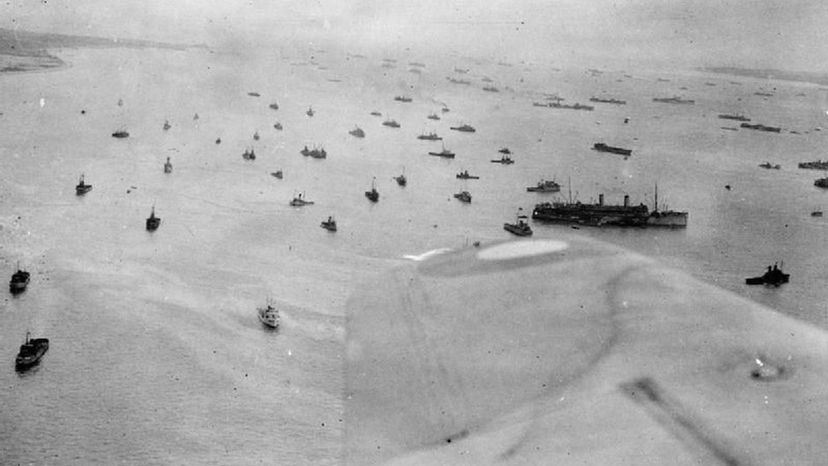

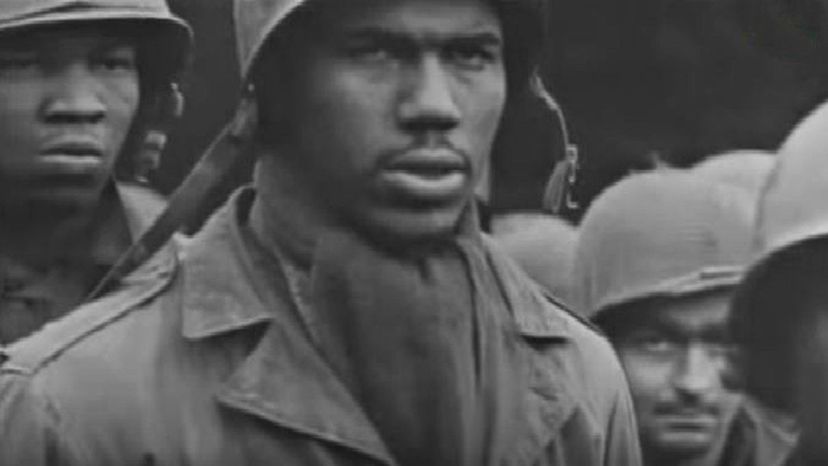
Advertisement
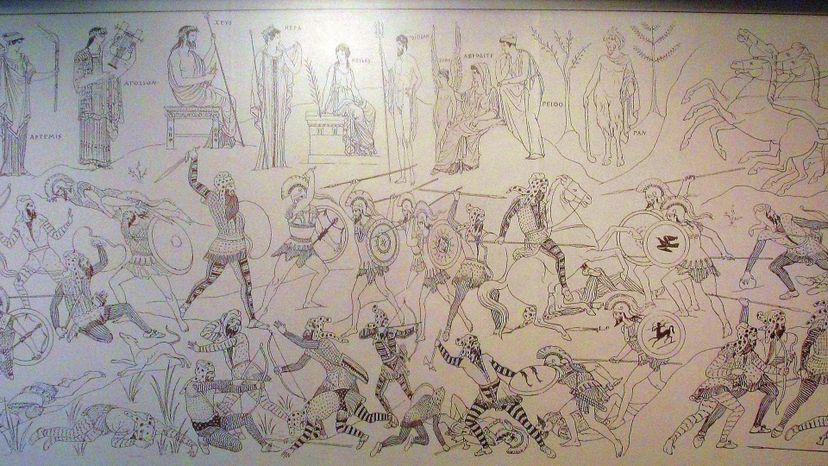
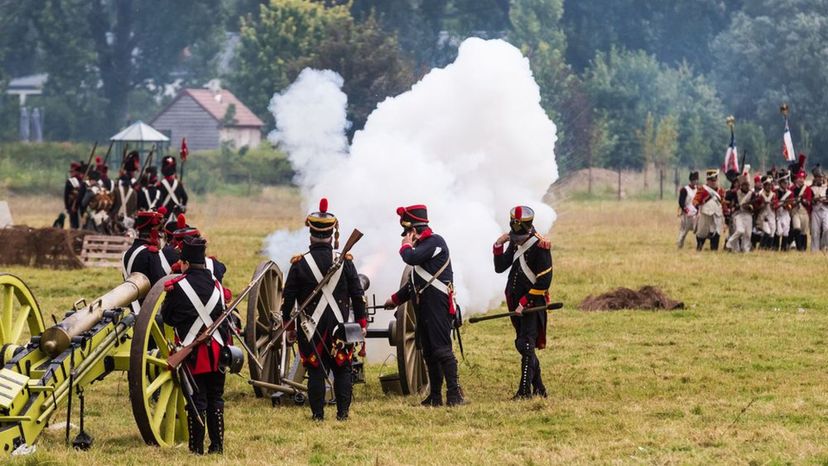
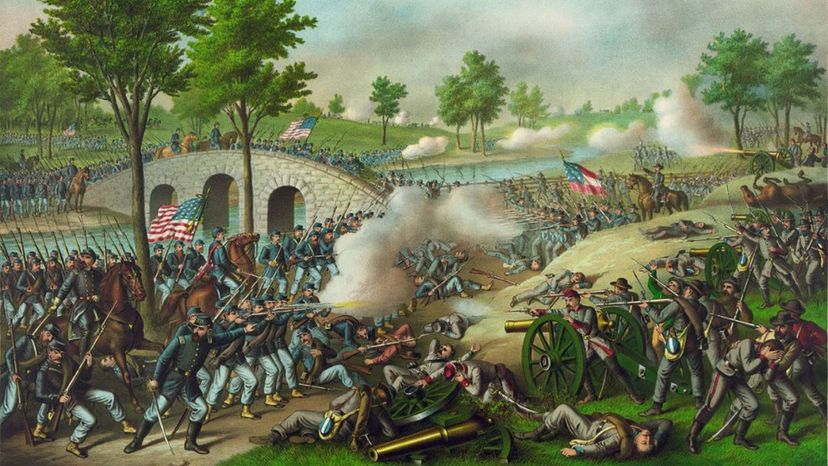
Advertisement
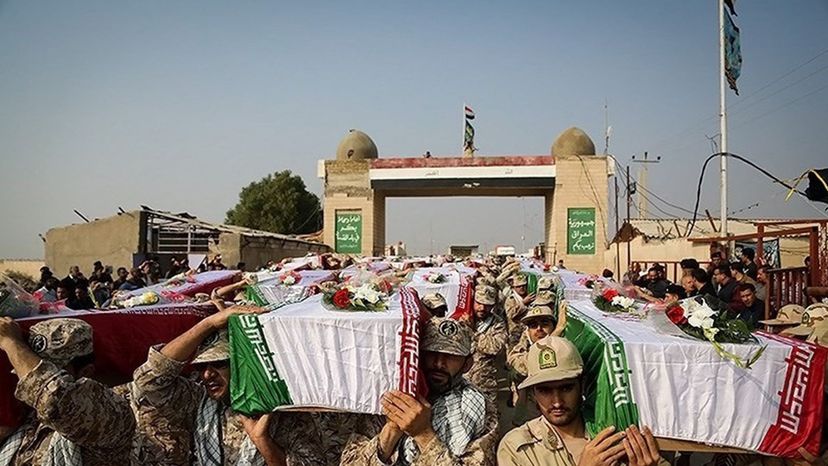
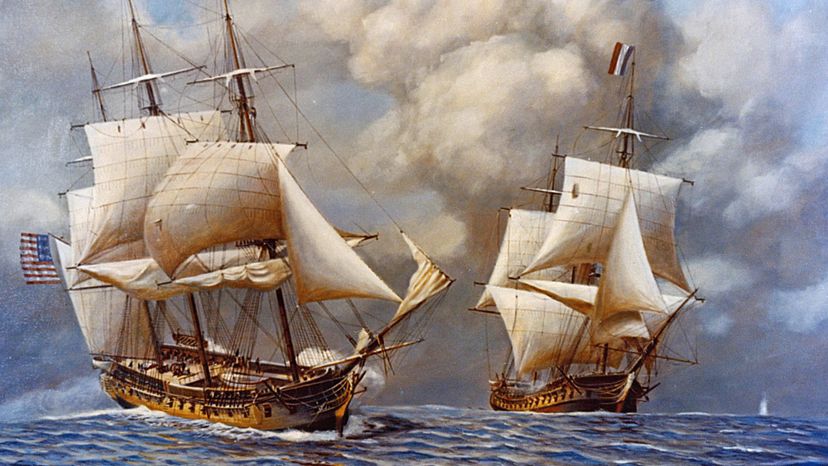
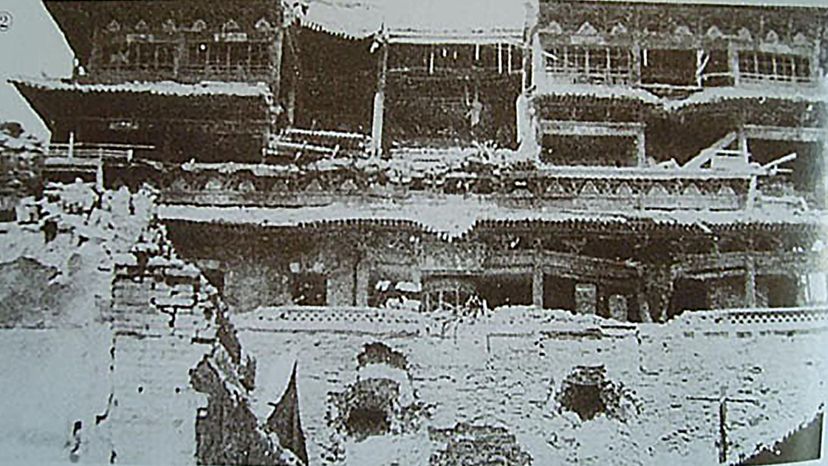
Advertisement
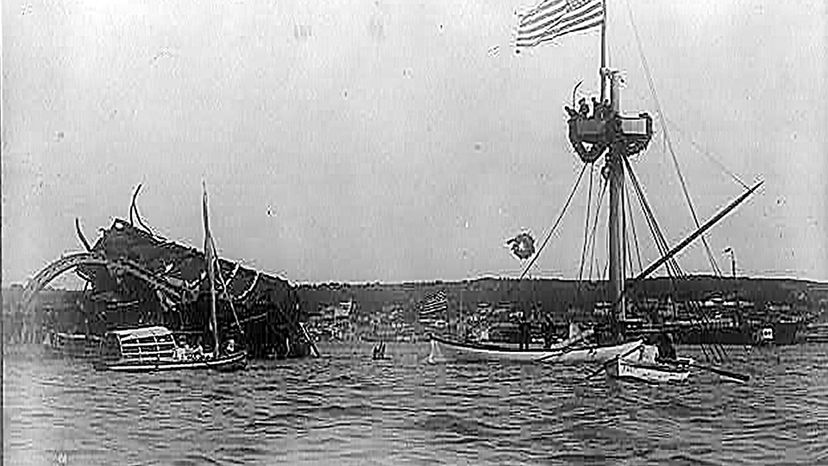
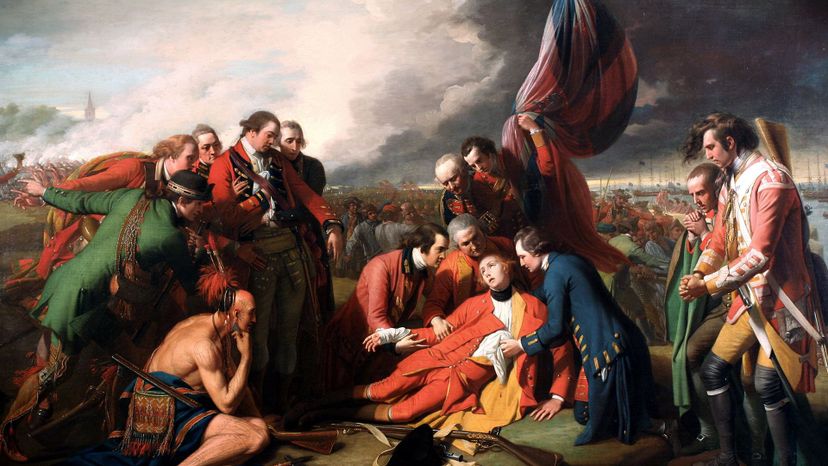
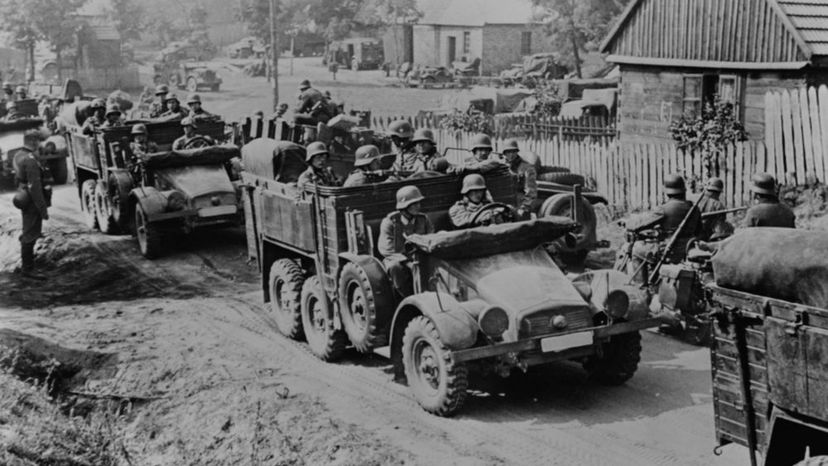
Advertisement

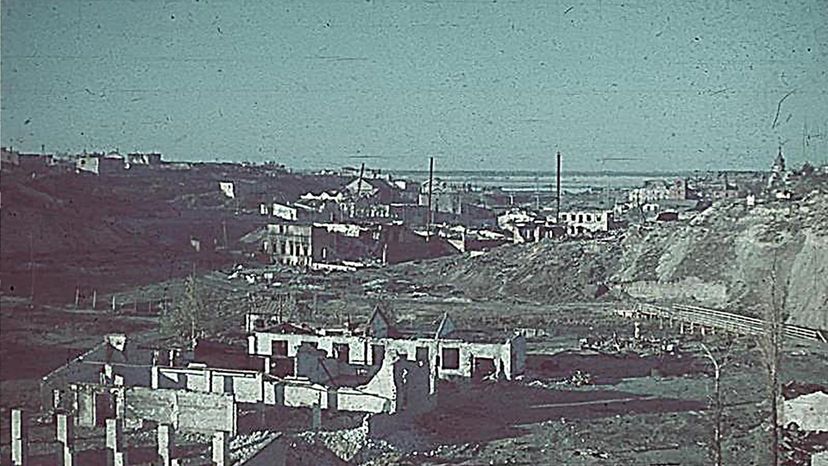
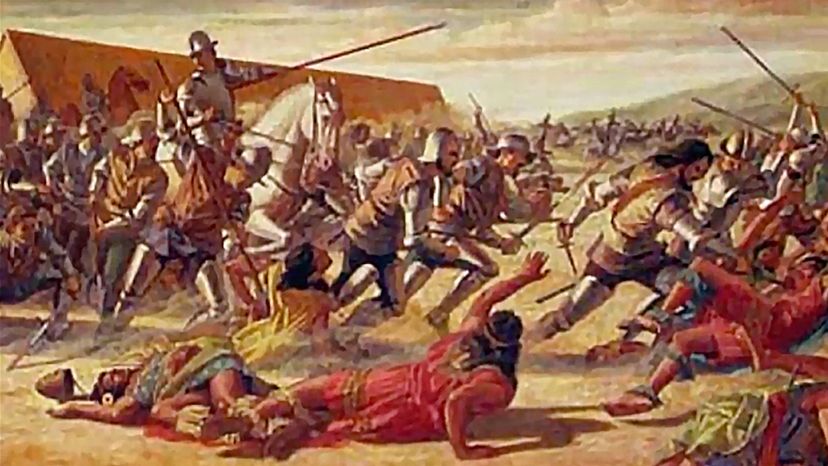
Advertisement

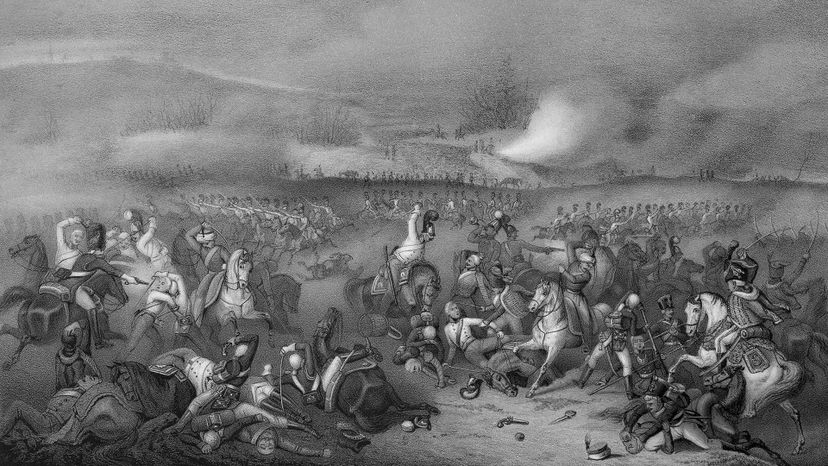
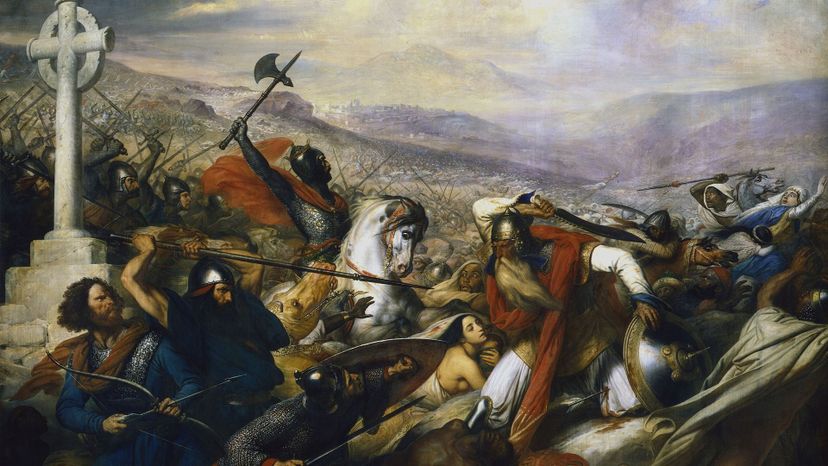
Advertisement

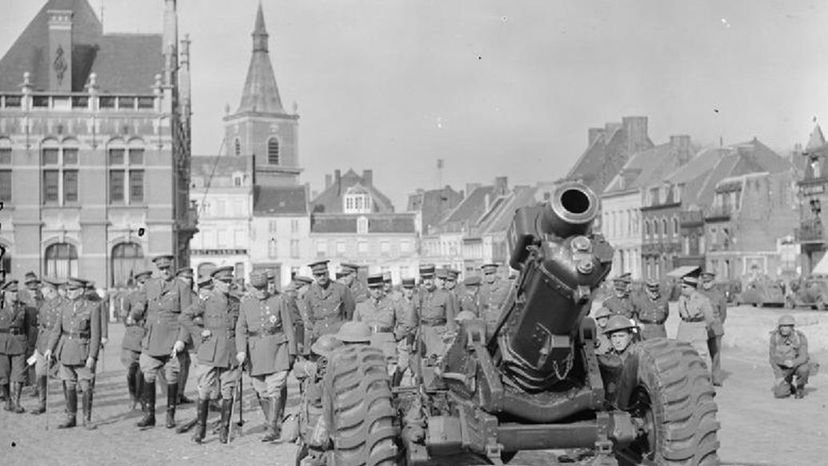
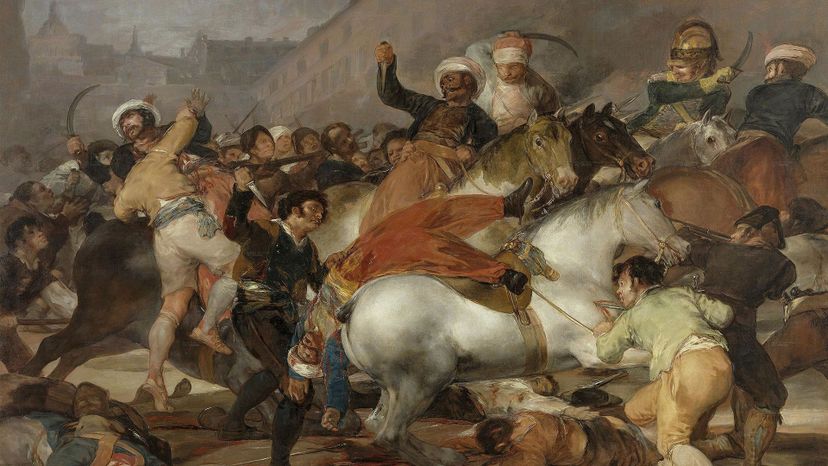
Advertisement
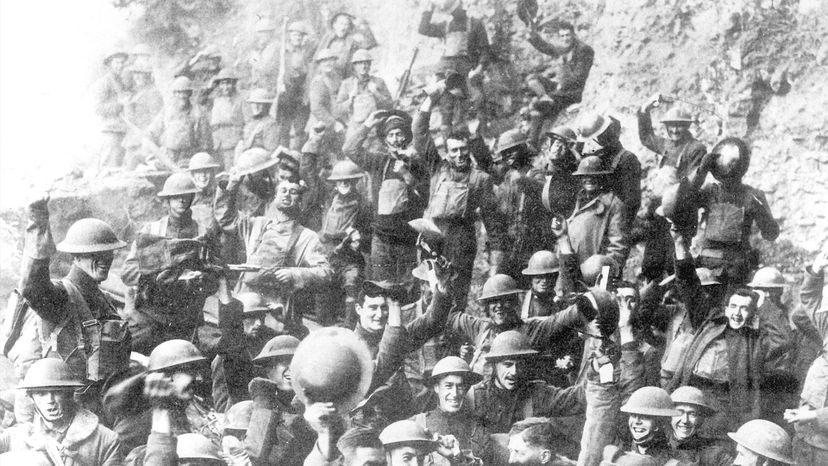

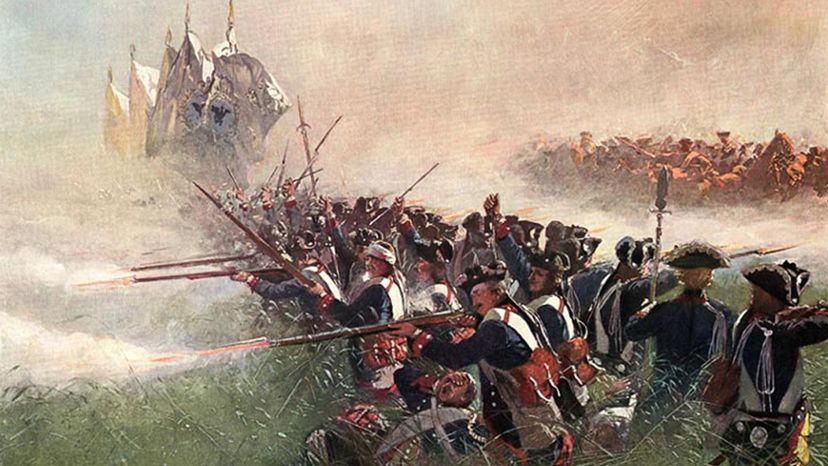
Advertisement
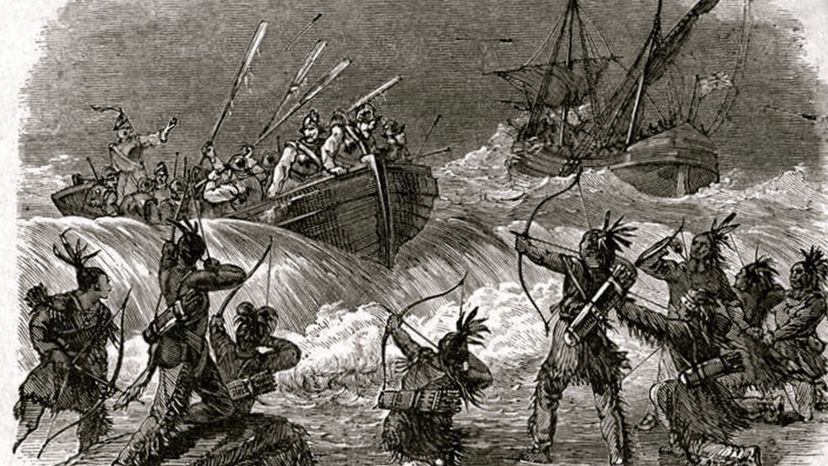
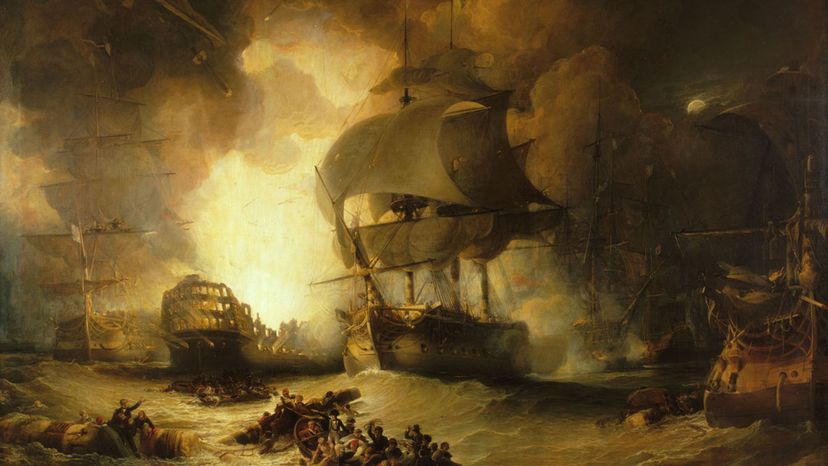
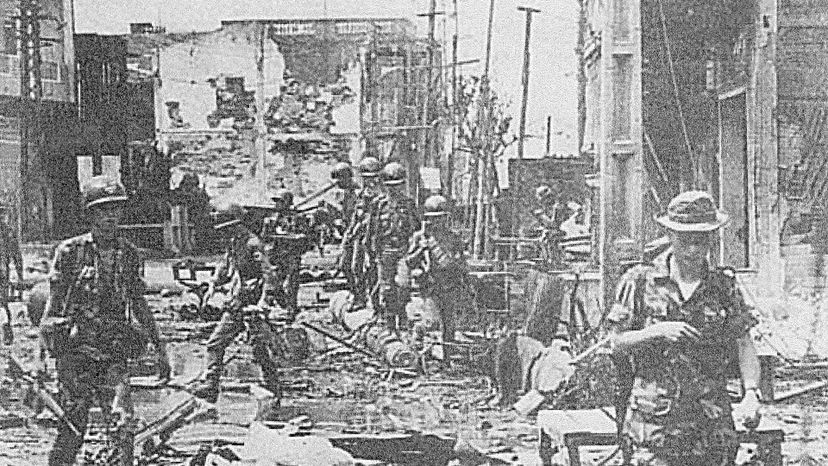
Advertisement
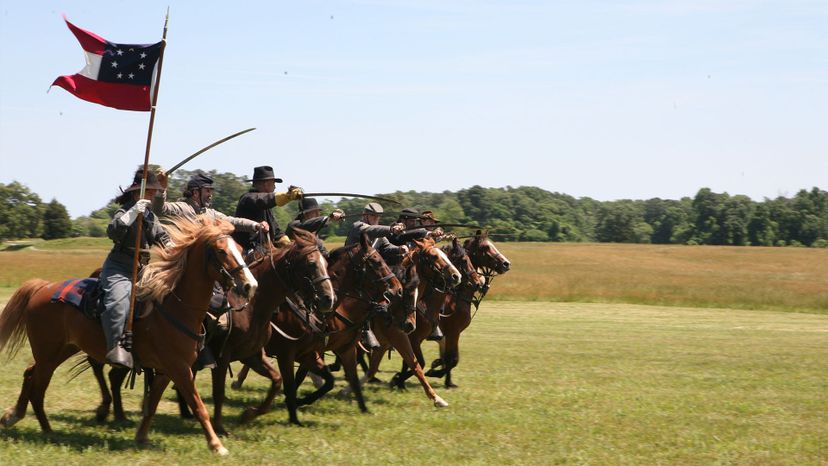
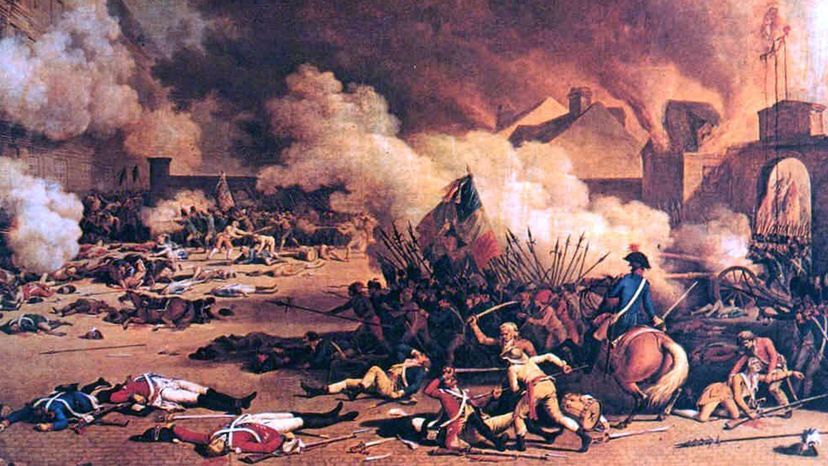
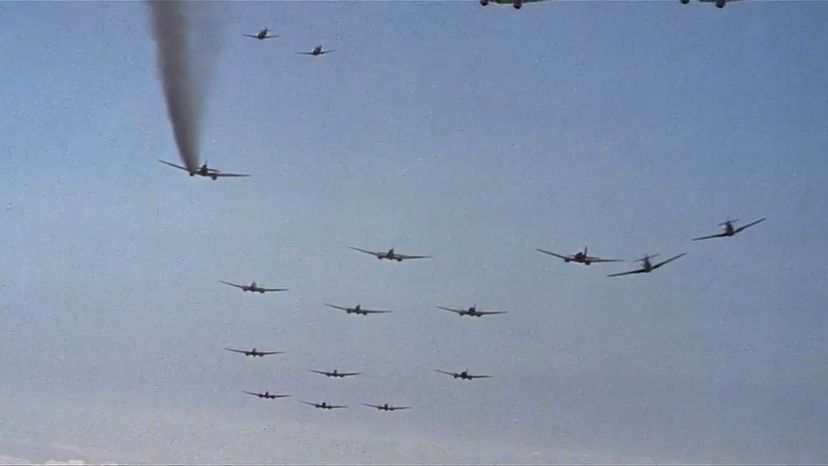
Advertisement

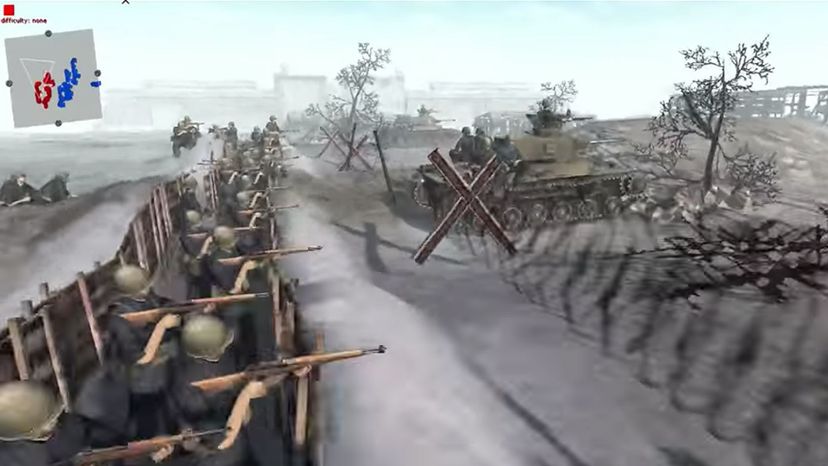
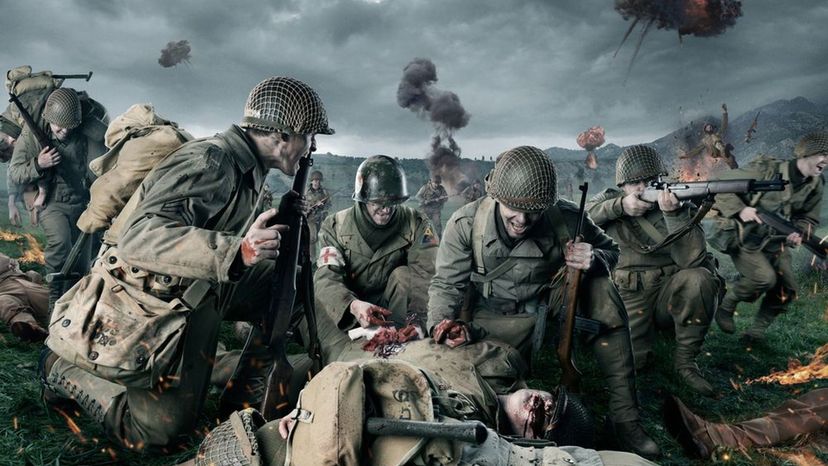
Advertisement

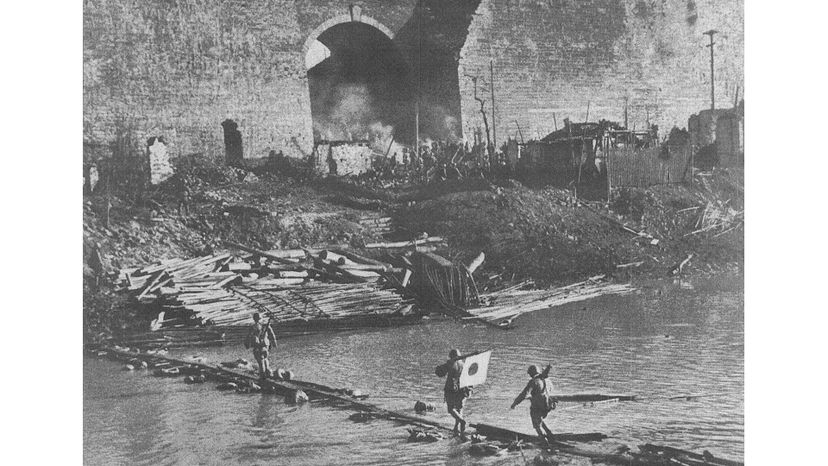
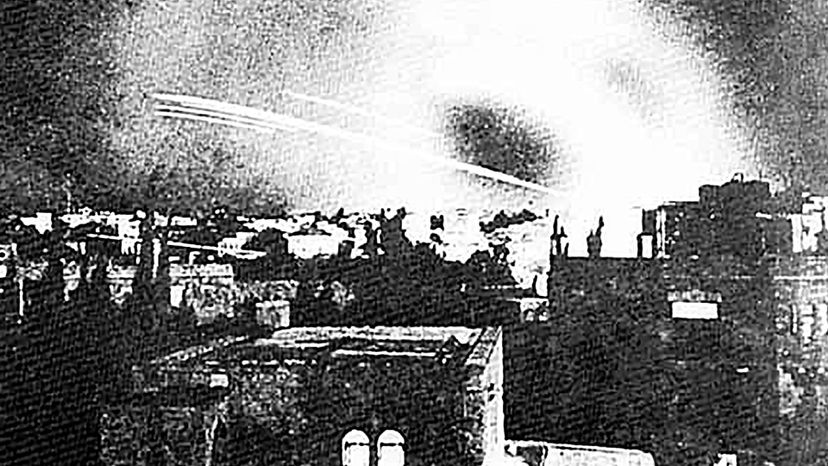
Advertisement

